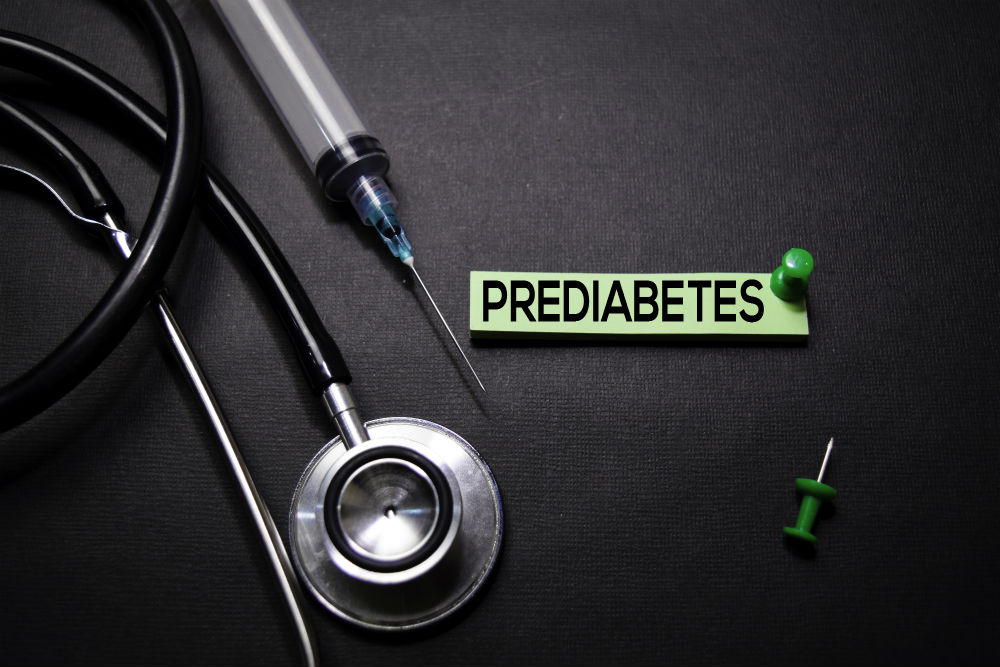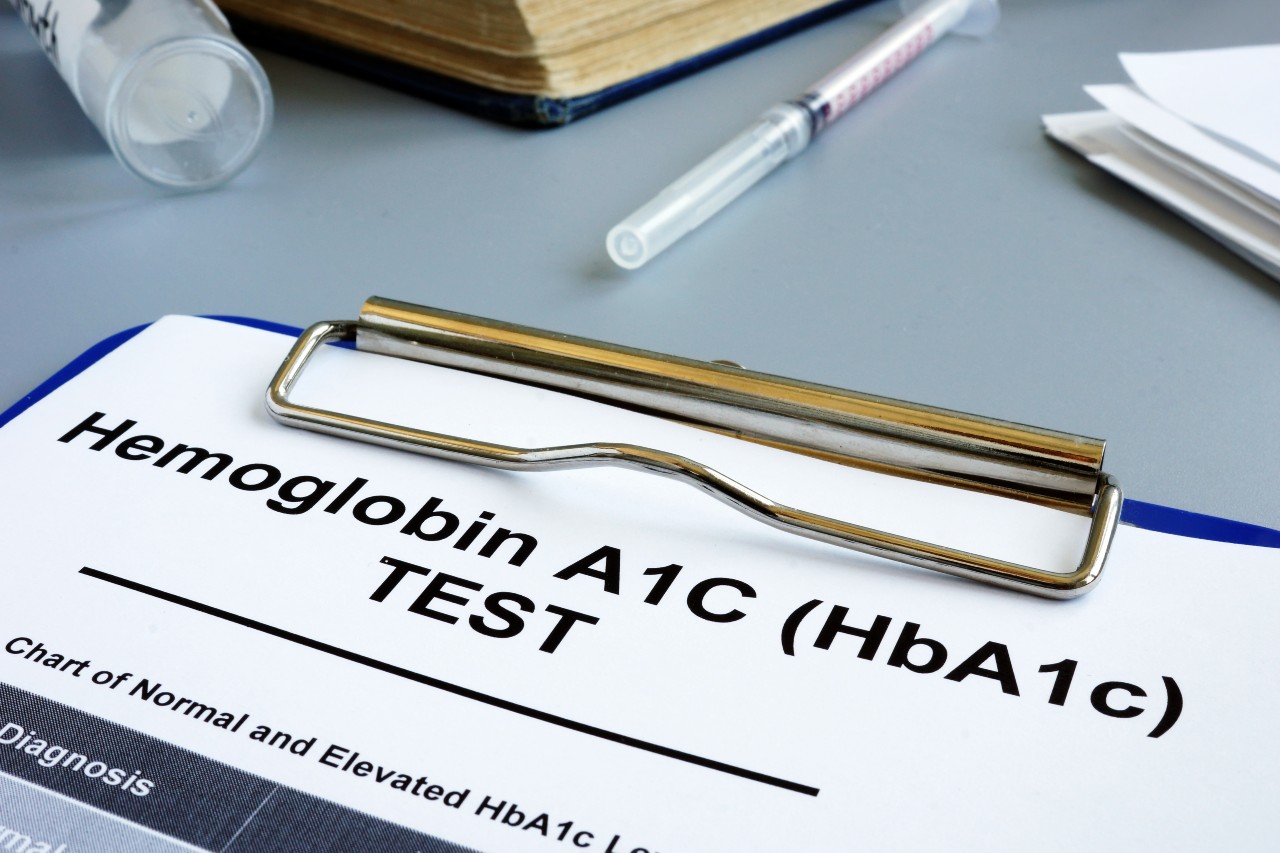You’ve just met with your primary care physician after a routine physical to get your results. Everything looks great except for your blood sugar levels. While your blood work does not indicate blood sugar levels high enough to classify you as diabetic, you are in the prediabetes range. What does this even mean? And what can you do about it? Innova Primary Care believes in the power of preventative medicine, which is why we encourage all our patients to have routine bloodwork done each year. As part of your yearly physical exam, we take bloodwork to access multiple factors, including your blood sugar levels. This information is powerful and can help you gain control over your health. If you’ve just discovered you have prediabetes, read on for more information on what this means and what you can do about it.
What is prediabetes anyway?
In simplistic terms, prediabetes means that your blood sugar levels are elevated but not enough to be classified as a person with type 2 diabetes. If your hemoglobin A1C is in the range of 5.7 to 6.4, your fasting blood glucose reading falls somewhere in the range of 100-125 mg/dl, or your oral glucose tolerance test shows a reading of 140mg/dl to 199 mg/dl; you are considered prediabetic. According to the Centers for Disease Control, more than 88 million Americans fall into this category, but more than 80% of those are not aware they have the condition.
Here is what you may not know about prediabetes
1. Most people have no symptoms.
Prediabetes is sneaky. Many people have no idea that they have the condition until they get bloodwork done. This is just one of the many reasons why staying on top of your well visits is so crucial. Routine bloodwork will alert your physician to any issues with your blood sugar levels. Once you have this information in hand, you can do something about it!
2. Over 1 in 3 Americans have prediabetes and are not aware of it.
It is estimated that over 80 million Americans have prediabetes, and close to 90% of them do not even know it. Of the over 80 million, somewhere between 15-30% of those will eventually receive type 2 diabetes diagnosis.
Most everyone is aware of type 2 diabetes, but what many do not know is that a prediabetes diagnosis can lead to type 2 down the road. While this may seem frightening, the truth is just because you have prediabetes DOES NOT mean you will develop type 2 diabetes in the future. You can take control of your health TODAY and reverse the condition. We will talk more about this later.
3. Some conditions may make you more susceptible to prediabetes.
While anyone can develop prediabetes, there are risk factors that make you more susceptible. For example, if you are overweight, your chances increase. If you have a close blood relative with type 2 diabetes, be on the lookout. People who are not physically active or developed gestational diabetes are more likely to develop prediabetes in their lifetimes and anyone with a polycystic ovarian syndrome diagnosis.
4. Prediabetes does not discriminate based on ethnicity
No matter your background, you can develop the condition. Still, we should note that those of African American descent and Latino-Americans, Pacific Islanders, and American Indians are more likely to develop prediabetes.
5. Even children can have prediabetes.
While estimates show that approximately 51% of those with prediabetes are over the age of 65, children are just as likely to develop prediabetes as anyone else. Prediabetes occurs when the body’s cells do not properly respond to insulin (a hormone secreted by the pancreas). This can happen to anyone of any age.
The great news is that the same factors that help the body reverse prediabetes in adults work for children too.
6. Prediabetes is reversible
Onto some good news! A prediabetes diagnosis doesn’t mean you will definitively develop type 2 diabetes. You can take steps to help decrease your risks, and you can start today to turn things around. How? We are so glad you asked. Shifting your lifestyle choices are the best way to lessen your risk of developing type 2 diabetes in the future and eliminating prediabetes altogether.
Lose weight – For overweight or obese individuals, a weight loss of 5 to 7 percent of your body weight is a great place to start.
Get moving – Exercise has so many benefits. Data already shows that those who exercise less than 3 times a week are more likely to develop prediabetes, so increasing your weekly exercise or starting all together just makes sense. Exercise has benefits that extend well beyond physical composition. The more you get moving, the more your muscles will use the excess sugars in your bloodstream. This goes a long way towards reversing prediabetes and preventing type 2 diabetes.
Eat your veggies and watch your carbs – Vegetables contain high amounts of fiber, and fiber is a great way to help regulate blood sugar levels. You don’t have to turn vegetarian to accomplish this either. Try to include veggies at every meal, to begin with. As your tastes change, include more. Simple, right? Next up, mind your carbs. The truth is our bodies need carbohydrates, but the carbs you choose make all the difference. Go for complex carbohydrates here. Think sweet potatoes, whole grains, and vegetables.
Prediabetes does not have to lead to a Type 2 Diabetes diagnosis
We’ve given you a lot to consider today, and we certainly hope it helps! Please know that a prediabetes diagnosis is not a death sentence. Just because your blood sugar levels are elevated does not mean that type 2 diabetes is on the way. You get to choose! You have a say in the matter. While you cannot control your genetic composition, you can control your lifestyle choices.
Innova Primary Care is here to help you live your healthiest life every single day. We want to see our patients thrive. We are committed to renewing healthcare from the inside out, and this starts with each and every one of you. If you are concerned about your potential for developing prediabetes, please contact our office today for a physical.
An informed patient is an empowered patient.





 About
About

 About
About About
About About
About
 About
About About
About

 About
About About
About About
About About
About











